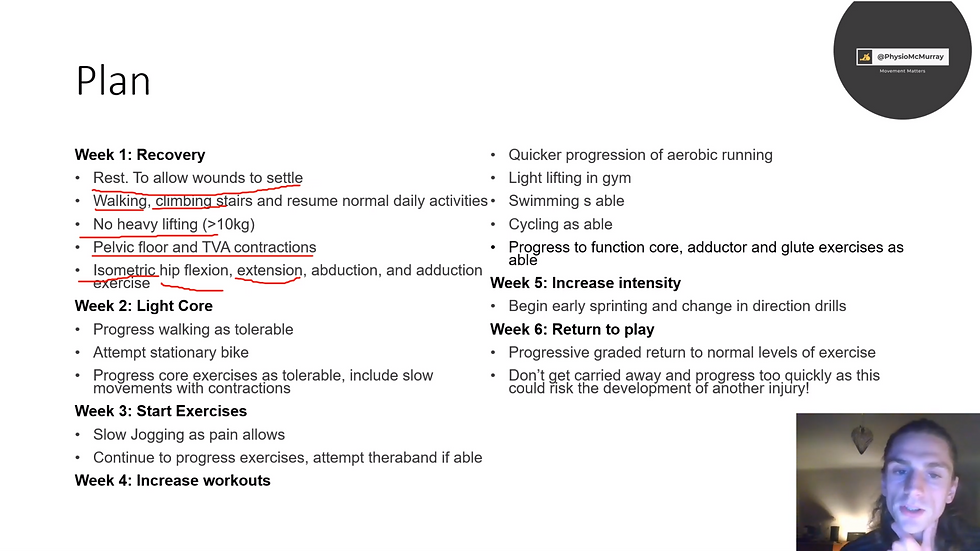Sore Lump On The Back Of Your Heel?
- James McMurray
- Nov 8, 2020
- 4 min read
It is common for runners to experience pain in the back of their heel, but have you got a lump forming there which is causing you some concern?
There is condition called “pump bump”, which is medically known as a Haglund’s deformity. The Haglunds’ deformity, coined by Haglund in 1927, is an enlargement on the back calcaneus (heel bone). Here is a picture below which shows a Haglund’s deformity.

The enlargement on the heel bone occurs where the achilles tendon attaches onto it. There is no definitive cause, but some probable risk factors include:
Tight Achilles tendon
High arches of the foot
Heredity links
Most commonly affect the middle aged
Females
This bony prominence can lead to the structures around the area such as the Achilles tendon and Retrocalcaneal bursa can become irritated, causing pain in that area which is known as Haglunds syndrome.
There are a few factors that can increase the chance of the bony prominence irritate these structures:
Overtraining
Shoes that are too tight or poorly fitted can rub on the area
Wearing 'pumps' - plimsoll like shoes
Taking your shoes off without undoing the laces
Shoes that have a high or hard back
Feet that pronate

Diagnoses:
The pain is most prominent when you begin to walk after sitting down for a while, or in the morning when you get out of bed. This condition may be unilateral or bilateral. There may be signs of inflammation like swelling, warmth, redness, and tenderness which could indicate irritation of the bursa between the Achilles tendon and the bone
To understand which areas are inflamed, this can be used to differentiate them:
Calcaneal bursitis: Tenderness on inside or outside sides and in front of Achilles tendon.
Achilles tendinosis: Tenderness is on the back of the heel where the Achilles tendon inserts onto the Calcaneus.
Planter fasciitis: Pain and tenderness is most commonly over the sole of the feet.
This condition can be hard to differentiate with rheumatologic conditions like gout or rheumatoid arthritis, therefore it is advised to seeing a healthcare professional if you have any concerns.
Treatment:
It is important to treat the factors that could be leading to the Haglands deformity to be irritating your Achilles tendon and Bursa.
Stretching:
Stretching and lengthening your calf is important, but not to stretch into pain as this will irritate the structures, and over stretching can compress them
Changing your shoes:
Change you shoes to a pair that doesn’t have a high back or hard back. If you are a lady, stop wearing high heels, or flat shoes like sandals.
I have had a runner cut the back of his running shoe below the Haglunds lump which helped to reduce the pain during and after his runs
It may be worth wearing some orthotics to reduce pronation and raise the heel very slightly until the pain settles down.
People with high arches may benefit from heel pads, these should only be used for the short term to reduce the acute pain in the area
Swelling reduction:
Anti-inflammatory drugs in a localised cream form maybe an option to reduce swelling for the first 2 weeks
Cold packs
If a well-structured and strict physiotherapy plan isn’t successful, some people may opt to try cortisone steriod injections. If this doesnt work Surgery is the final option:
Cortisone injections:
This may relieve the inflammation in the bursa or tendon and reduce pain. However their effectiveness has been questioned by the research and are somewhat controversial, as they have been known to lead to rupture of the Achilles’ tendon. The chances of an achilles tendon rupture is very low however. Early, aggressive treatment of inflammation around heel bone may prevent the need for injections
Surgery:
The large majority of cases can be treated without the need for surgery. If physiotherapy and cortisone injections fail, or if you have recurrent symptoms, there is surgical option to remove the bony protrusion while attempted maintain as much achilles tendon as possible. It takes around 3 to 6 months to recover from the surgery, and you will have to wear a cast and a aircast boot during this time. It is important to be aware of the risk of post surgical complications:
Including scar formation with nerve entrapment or damage
Weakening or rupture of the Achilles tendon
Non-union of the bone if you have a calcaneal osteotomy
You may still have persistant persistent posterior heel pain
Wound breakdown or infection
Ankle stiffness
The lump on the back of your heel is extra bone growth. The bone growth itself isnt the cause of pain, it is the irritation it can cause to the structures around it. Physiotherapy has a good success rate, but it doesnt reduce the size of the lump, so you will always have to be mindful to not irritate the area. Cortisone injections and surgery may be used by people that have a chronic issue with this, but thry need to be aware of the complication risks. Most people dont ever need these options, as long as they stick to a strict physiotherapy treatment plan.
Thanks for reading
James McMurray
Sport and Exercise Health Science BSc
Physiotherapy BSc

References:
1. Vaishya R, Agarwal AK, Azizi AT, Vijay V. (2016) Haglund's Syndrome: A Commonly Seen Mysterious Condition. Cureus. Oct 7;8(10):e820.
2. Kucuksen, Sami & Karahan, Ali & Erol, Kemal. (2012). Haglund Syndrome with Pump Bump. Medicinski arhiv. 66. 425-7.




Comments